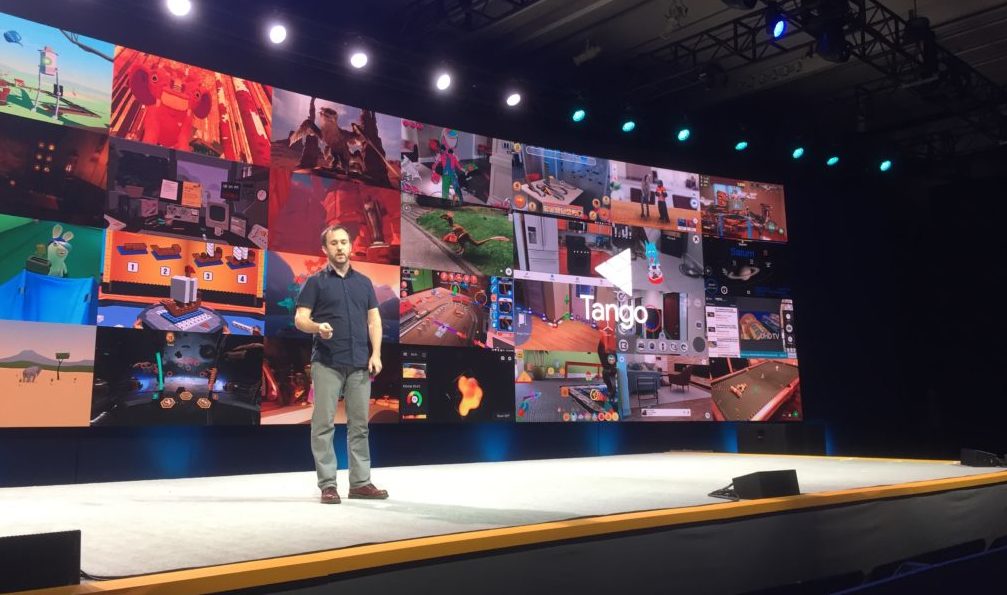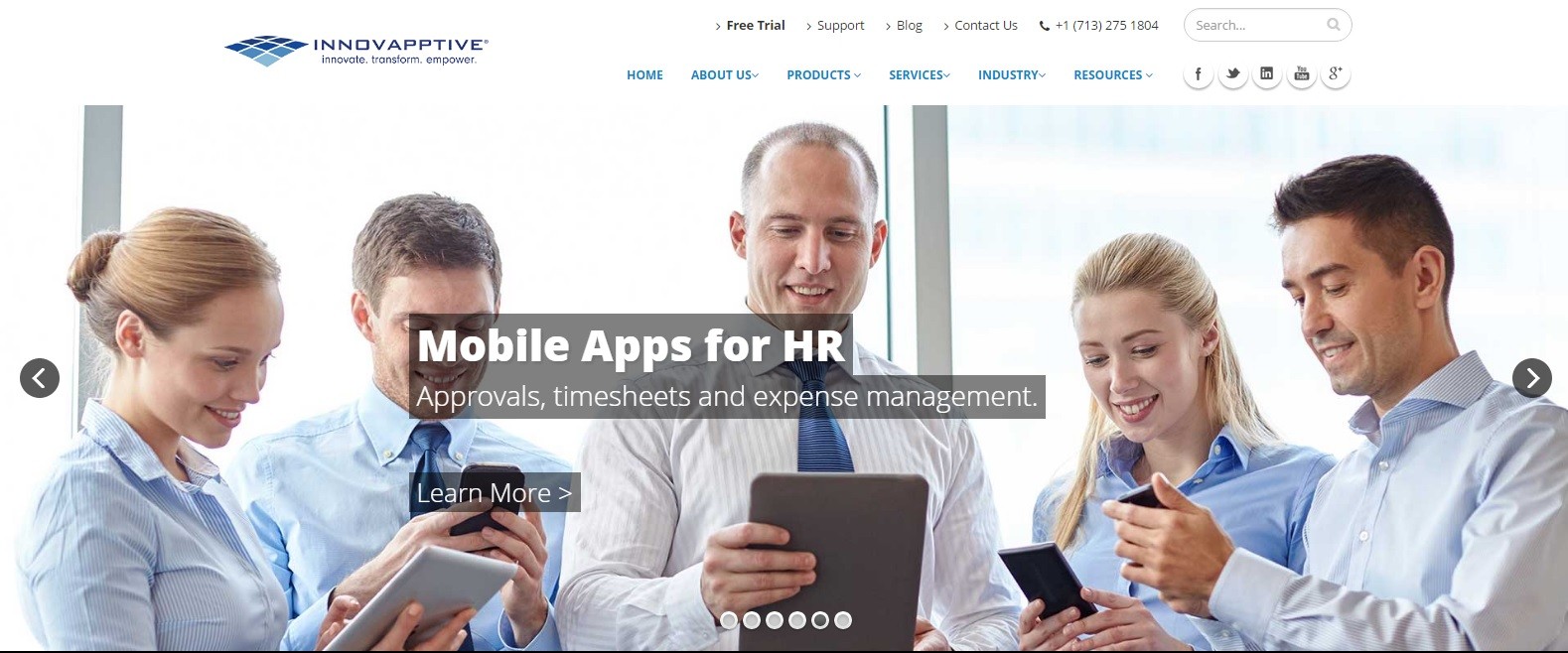Unity kicked off its two-day Vision AR/VR Summit in Los Angeles just today. During its opening keynote, the game engine developer invited Google Product Manager Nathan Martz on stage to discuss the latest extension to their existing partnership. The tech giant has announced that its augmented reality (AR) platform ‘Tango’ would be getting native integrated support for Unity’s game engine later this year.
This development comes on heels of the introduction of similar native support on Google’s Daydream VR platform earlier this year. It has helped better optimize the overall performance and latency of the platform, with deeper access to hardware resources. Daydream was first introduced to the masses back at last year’s Google I/O developer conference.
Developers could previously build AR/VR apps on Unity, which is usually the case, but native integration simplifies the development process and provides improved performance. It lowers the barriers of entry to the Tango AR platform for the developers. And it had been missing for the platform, which Google has been working upon for the past four-odd years. The Unity integration is expected to become available in version 2017.2 later this year. Talking about the same, Martz continues to mention:
This is going to make Tango AR development for smartphones just as accessible and powerful as Daydream VR is today.
For those unaware of Tango, this initiative is focused on porting computer vision capabilities into a hand-held device to sense the surrounding and create an accurate 3D-model of the same. It uses a variety of depth-sensing cameras to bring augmented reality capabilities to the masses. The tech giant has managed to cut down on the size of these components to fit them into a smartphone — which are now available for purchase in the market. You can currently buy Lenovo Phab 2 Pro or Asus ZenFone AR to experience Tango’s capabilities.
While Google has decided to simplify the app development experience for Tango, it has also announced some minor upgrades to the Daydream integration as well.
Cardboard and Daydream were previously supported, but today Google also announced that Daydream will experience an update this May allowing creators to test VR and AR changes for their app in minutes.
The Tech Portal is published by Blue Box Media Private Limited. Our investors have no influence over our reporting. Read our full Ownership and Funding Disclosure →






